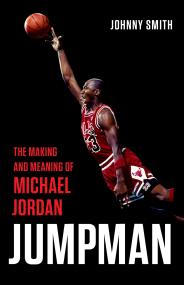Promotion
Use code MOM24 for 20% off site wide + free shipping over $45
Tiger, Tiger
His Life, As It’s Never Been Told Before
Contributors
Formats and Prices
Price
$32.99Price
$41.99 CADFormat
Format:
- Hardcover $32.99 $41.99 CAD
- ebook $16.99 $21.99 CAD
- Audiobook Download (Unabridged) $24.99 $99.00 CAD
- Trade Paperback (Large Print) $34.99 $44.99 CAD
Also available from:
On April 13, 1986, ten-year-old Tiger Woods watches his idol, Jack Nicklaus, win his record sixth Masters.
Just over a decade later, it’s chants of “Ti-ger, Ti-ger!” ringing out as the twenty-one-year-old wins his first Green Jacket.
He blazes an incredible path, winning fourteen major titles (second only to Nicklaus himself) by the time he’s thirty-three, smashing records and raising standards. His phenomenal success earns him adoration and respect not only from fellow players but from people everywhere.
Then come multiple public scandals and potentially career-ending injuries.
The once-assured champion becomes an all-American underdog. “YouTube golfer” is how his two children knew their father—winless since 2013—until he wins the 2019 Masters, his fifteenth major, before their eyes.
But the story doesn’t end there.
As the world watches, and even prays, Tiger Woods survives further injuries and rehabilitations.Even after his induction into the World Golf Hall of Fame, the multi-hyphenate billionaire continues to notch new achievements. Golf course designer. Restaurateur. Real-estate stakeholder. Player-host of tournaments benefiting his TGR Foundation.
After nearly three decades on the PGA Tour, his lasting influence continues to inspire every rising generation.
Tiger, Tiger is the first full-scale biography of the decade. In James Patterson’s hands, this story is a hole-in-one thriller.
Genre:
- On Sale
- Jul 15, 2024
- Page Count
- 448 pages
- Publisher
- Little, Brown and Company
- ISBN-13
- 9780316438605
Newsletter Signup
By clicking ‘Sign Up,’ I acknowledge that I have read and agree to Hachette Book Group’s Privacy Policy and Terms of Use







